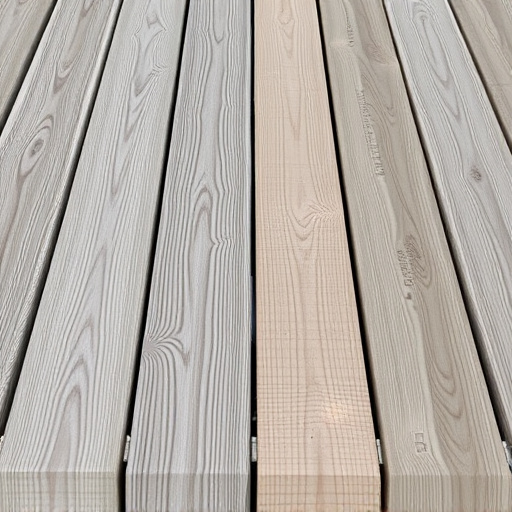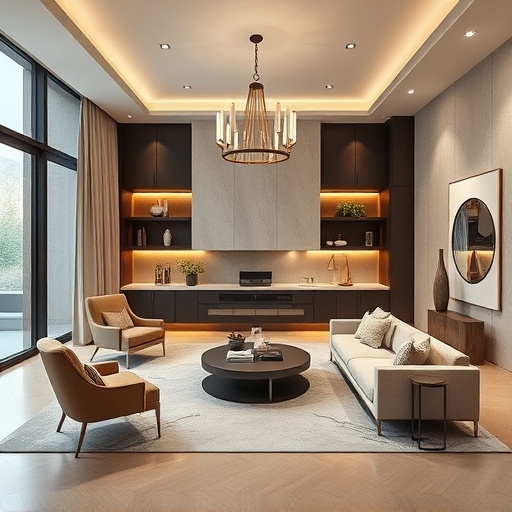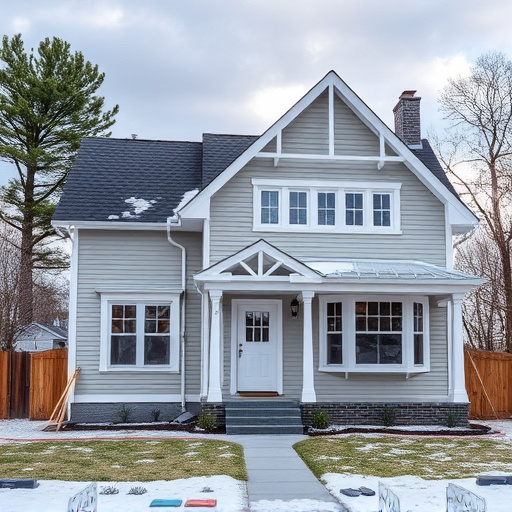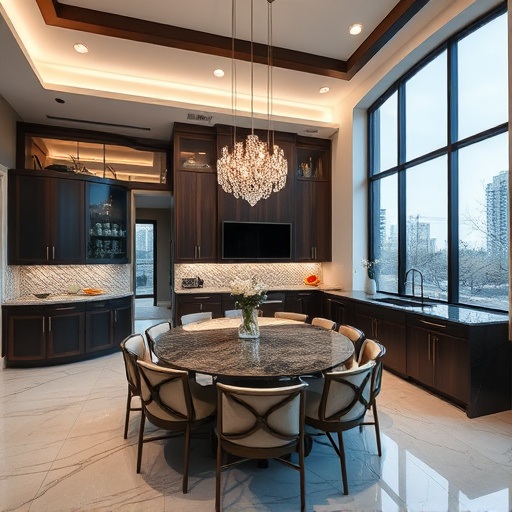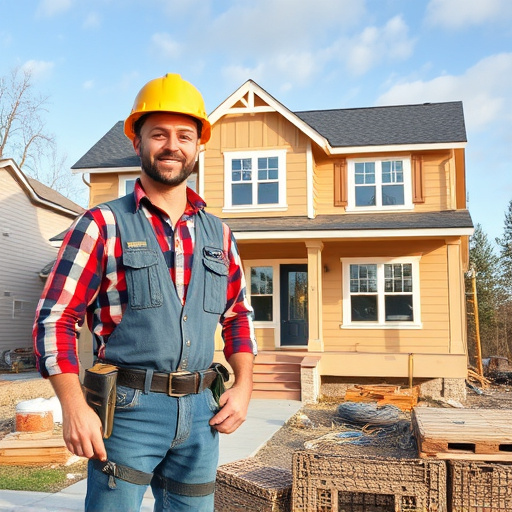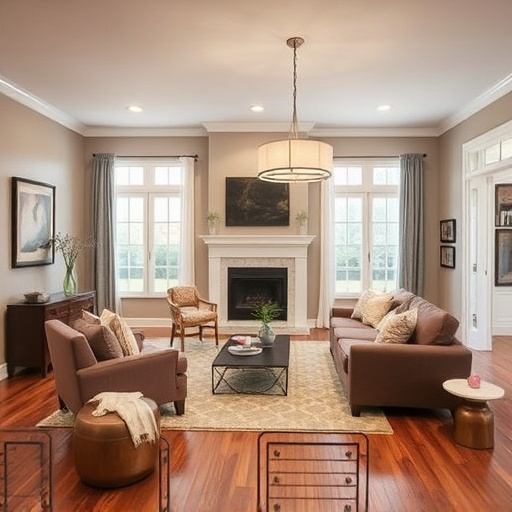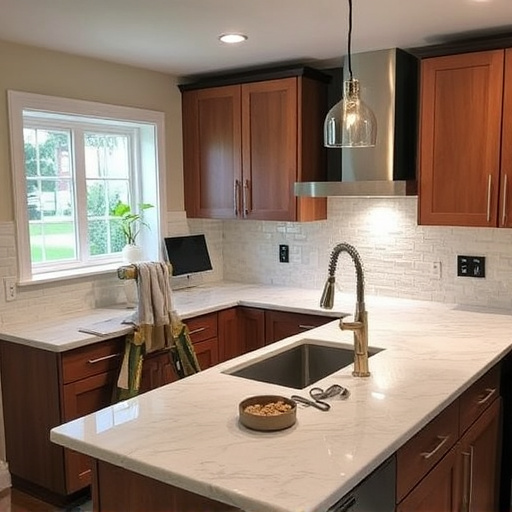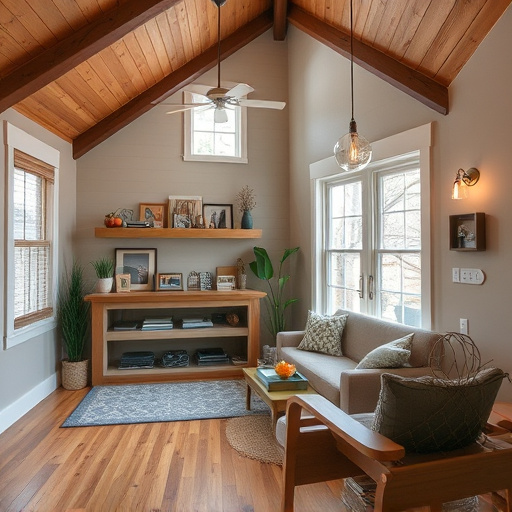Adopting universal design principles in bathroom remodeling creates an inclusive, accessible space for all abilities and ages. Key elements include simplified fixtures, non-slip surfaces, easy-to-operate controls, and thoughtful color/texture choices. Integrating adaptive technologies and wider aisles ensures safety, comfort, and independence while enhancing modern interior aesthetics.
“Transforming your bathroom into a fully accessible space is not just about compliance; it’s about creating an inclusive environment for everyone. In this guide, we explore the essentials of bathroom remodeling with accessibility in mind. From understanding universal design principles to incorporating adaptive technologies and optimizing layout, these ideas ensure comfort and independence. Discover how to create a beautiful, functional, and welcoming bathroom that caters to diverse needs, making your space truly suitable for all.”
- Understanding Universal Design Principles for Bathrooms
- Adaptive Technologies and Features to Enhance Accessibility
- Inclusive Design Tips for Bathroom Layout and Finishes
Understanding Universal Design Principles for Bathrooms
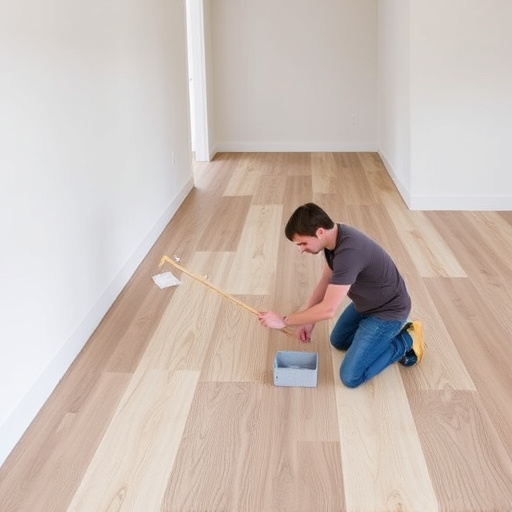
When remodeling a bathroom, embracing universal design principles is key to creating an inclusive and accessible space for all users. These guidelines focus on simplicity and flexibility, ensuring that the bathroom can accommodate people of varying abilities and ages. For instance, installing grab bars in showers or near toilets offers support for those with limited mobility, while adjustable height fixtures allow for comfort across different user groups.
Consider a color palette that enhances visual clarity, aiding individuals with low vision. Combining this with contrasting textures and patterns improves tactile navigation. Additionally, incorporating non-slip surfaces and easy-to-operate fixtures reduces the risk of falls and promotes safety. Implementing these universal design elements not only enhances accessibility but also contributes to a sleek and modern interior painting aesthetic, aligning with popular home improvement services trends in bathroom remodeling.
Adaptive Technologies and Features to Enhance Accessibility
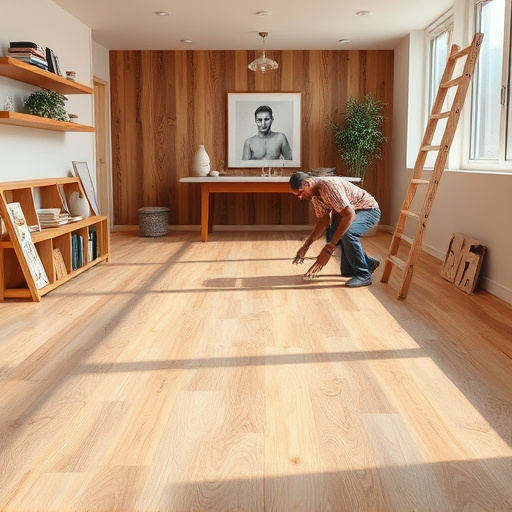
Adaptive Technologies and Features play a pivotal role in making bathroom remodeling projects truly inclusive. Incorporating innovative solutions ensures that everyone can use the space comfortably and safely. For instance, incorporating motion-activated fixtures like sensors for lighting, faucets, and toilet flushers eliminates the need for manual interaction, benefiting users with limited mobility or strength. Smart mirrors equipped with voice control and adjustable height settings offer convenience and accessibility for all, while also adding a touch of modern elegance to the bathroom.
Furthermore, customized home renovations can include specialized equipment such as grab bars strategically placed for different user needs, raised toilet seats, and accessible shower stalls with bench seating or roll-in showers. These adaptations not only enhance functionality but also promote independence, making your home remodeling efforts truly transformative. Remember, when planning bathroom upgrades, considering these accessibility features ensures a more inclusive and enjoyable space for everyone, regardless of physical abilities.
Inclusive Design Tips for Bathroom Layout and Finishes
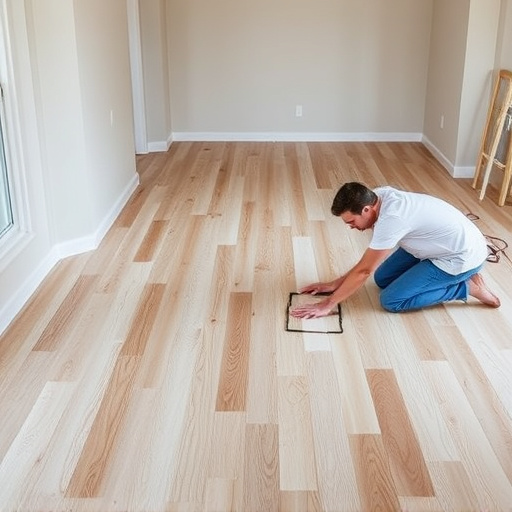
When planning a bathroom remodel, it’s essential to incorporate inclusive design principles from the outset. This involves considering the needs of all users, including those with disabilities or mobility challenges. One key aspect is creating a layout that allows for easy navigation and access to all fixtures and features. Wider aisles, roll-under sinks, and ample space around the toilet are simple yet effective modifications that enhance accessibility.
Additionally, selecting suitable finishes plays a vital role in making your bathroom more inclusive. Opting for non-slip floors and grab bars can significantly improve safety. Brighter lighting and contrasting colors for various elements help users with visual impairments navigate the space. These thoughtful design choices, when integrated into renovation services, transform a standard bathroom into a safe and welcoming environment for everyone, ensuring that home remodeling projects cater to diverse needs without compromising aesthetics or functionality.
Remodeling your bathroom doesn’t have to be a daunting task—it can be an opportunity to create a space that’s both functional and inclusive. By embracing universal design principles, integrating adaptive technologies, and implementing thoughtful layout and finish choices, you can achieve a bathroom that caters to all users. These accessibility ideas for bathroom remodeling ensure everyone feels welcome and comfortable in their own home, promoting independence and quality of life. So, let’s dive into the process and create a space that truly reflects inclusivity and care.

